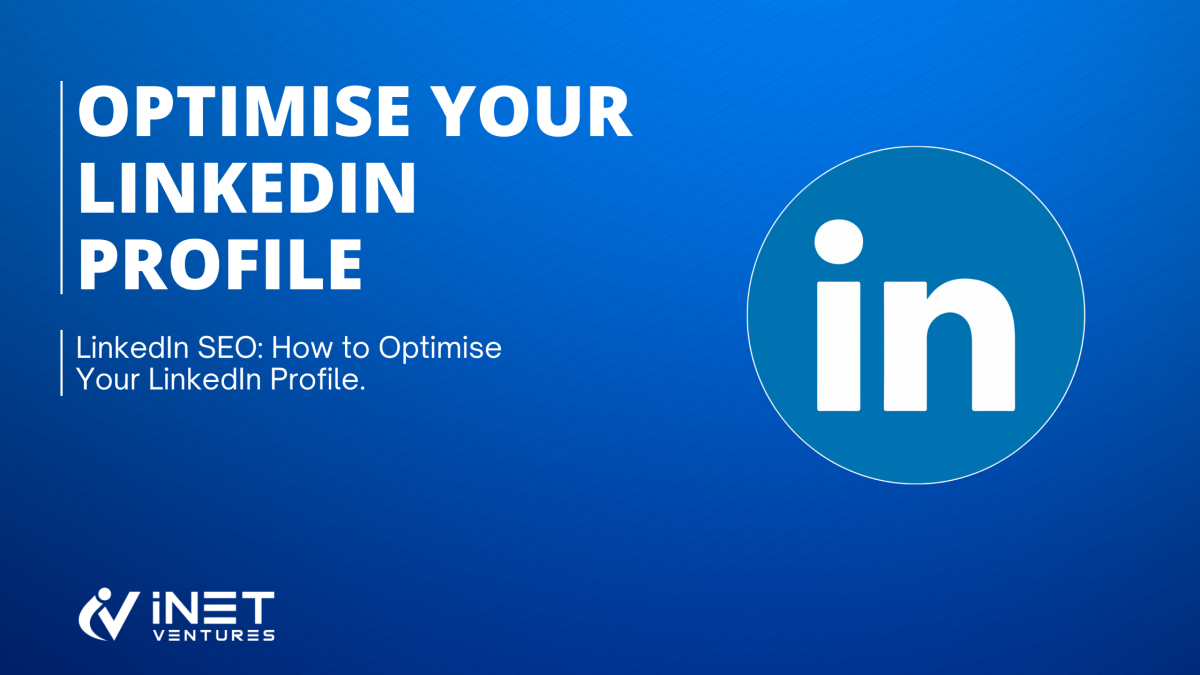The need to optimise your LinkedIn profile for SEO may not be an obvious one, but it’s a pressing one nonetheless.
If you haven’t built your LinkedIn profile so that other people can easily find you, then it’ll be difficult for employers to discover you, which could naturally have an adverse effect on your career.
Getting more eyes on your LinkedIn profile will, in turn, help to ensure that you can build the professional connections you need to jumpstart your career and take it to the next level.
Here are just some of the ways you can optimise your LinkedIn profile to make sure you hit that ever-elusive SEO sweet spot!
Be accurate and concise
When you’re constructing your LinkedIn profile, it’s important to be as accurate as you can.
After all, you don’t want the wrong people finding your profile and mistakenly assuming that you’re the perfect person for the job they’ve got in mind.
With that in mind, then, make sure that when you’re writing your LinkedIn headline and profile summary, you include your key skills and how they can benefit employers.
Be as concise as possible, too; don’t indulge in excessive waffle, as this may communicate to prospective employers that you aren’t able to streamline where it counts.
Use an appropriate photo
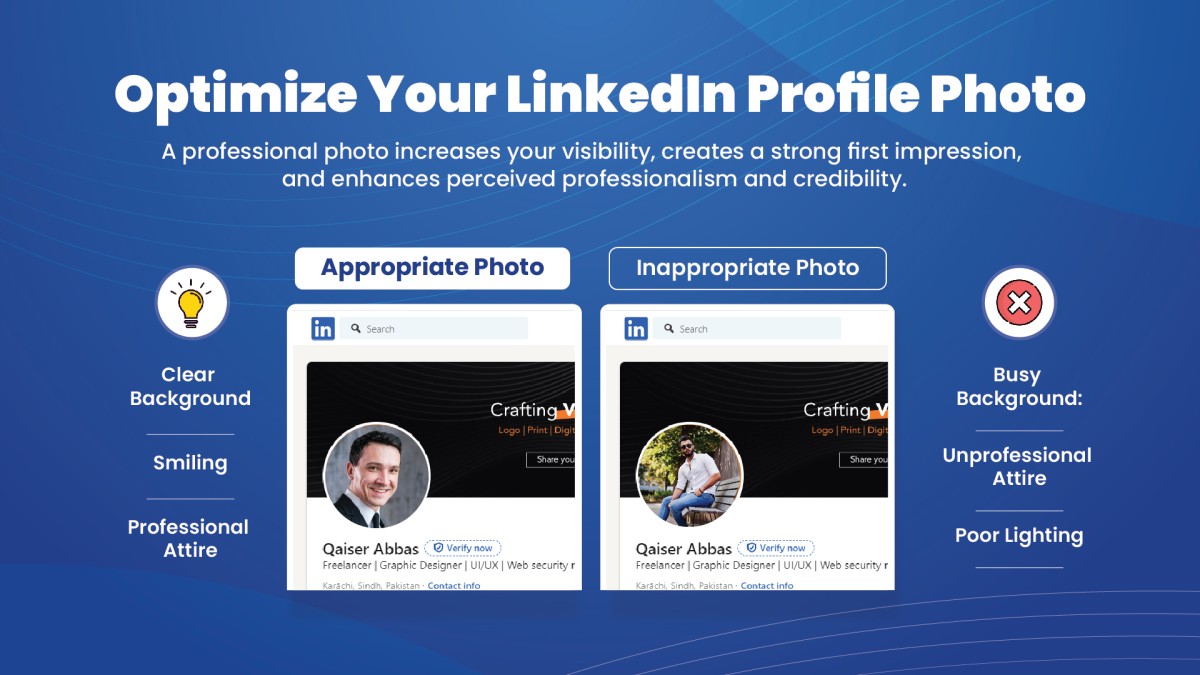
Believe it or not, there’s a science to creating the perfect LinkedIn profile photo. It’s not as simple as just uploading any old photo of yourself and assuming that will suffice.
Instead, you should take a professional-quality photo using the best camera to which you have access. Make sure you’re smiling and wearing reasonably professional clothes; you don’t have to be in a full suit, but a slogan T-shirt won’t cut it.
The background of the photo should be clear; the ideal background is a solid white, grey, or blue, for instance, but you can also use a photo with a professional background like an office.
There are many places that will help you to take professional headshots, so don’t be afraid to look around for assistance if you think you’re going to need it.
Be exhaustive with your employment history
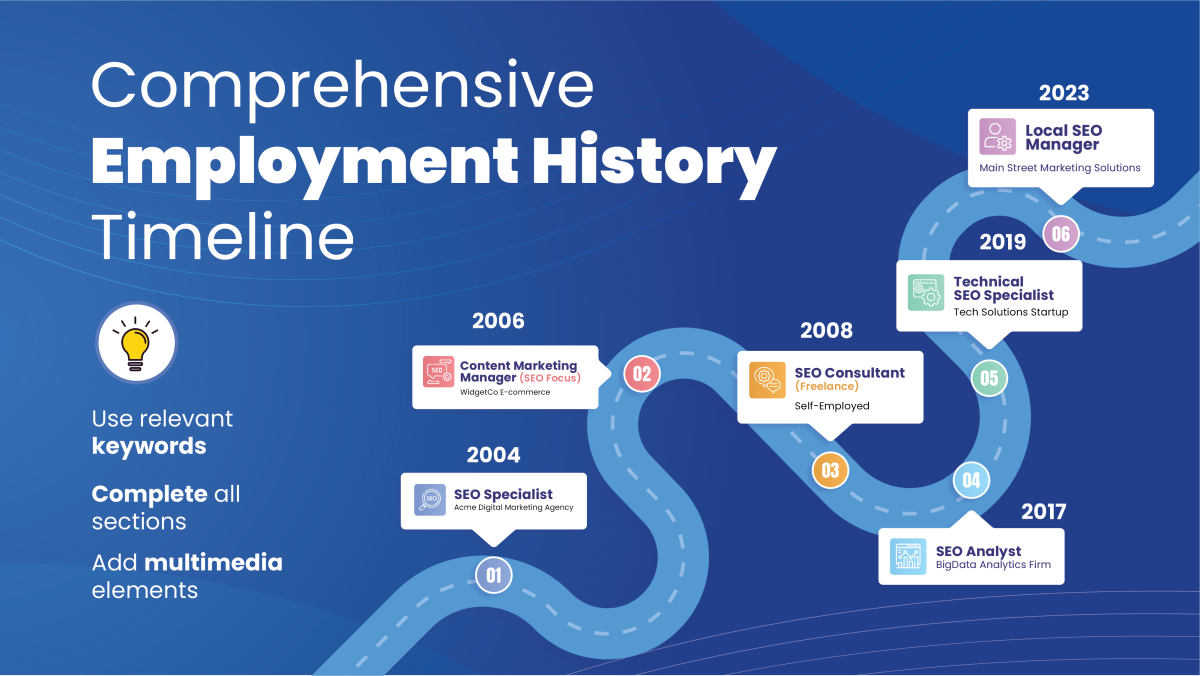
LinkedIn profiles that are incomplete in terms of employment history won’t get as many views, so it’s important to be extensive and exhaustive when including your job history.
As LinkedIn expert Nigel Cliffe says, it doesn’t necessarily matter if you have gaps in your job history as long as you explain why they’re there to your employer.
Taking a break or taking time out for personal reasons is fine, but if it looks like you just did nothing for a certain amount of time, that doesn’t send a positive message to employers, and it might harm your SEO as well.
Similarly, if you’ve changed careers, it’s good to include that change, as other employers who are looking for employees in your newly-chosen career will be able to find you more effectively.
Write for your audience
Although we said earlier that choosing the right LinkedIn profile photo involves being professional, there are, of course, some exceptions, and that goes for your profile’s copy as well.
In the end, the most important thing is that you write for the audience with whom you’re hoping to communicate. If that means adapting your register to make it more informal or humorous, then that’s what you should do.
Similarly, taking a great profile picture for your personal purposes may involve being a little sillier or more off-the-wall with your pose or facial expression, and that could work wonders in the right industry.
The important thing is that your LinkedIn profile is optimised for the specific industry you want to work in, because that will help employers to find you.
Include other types of media
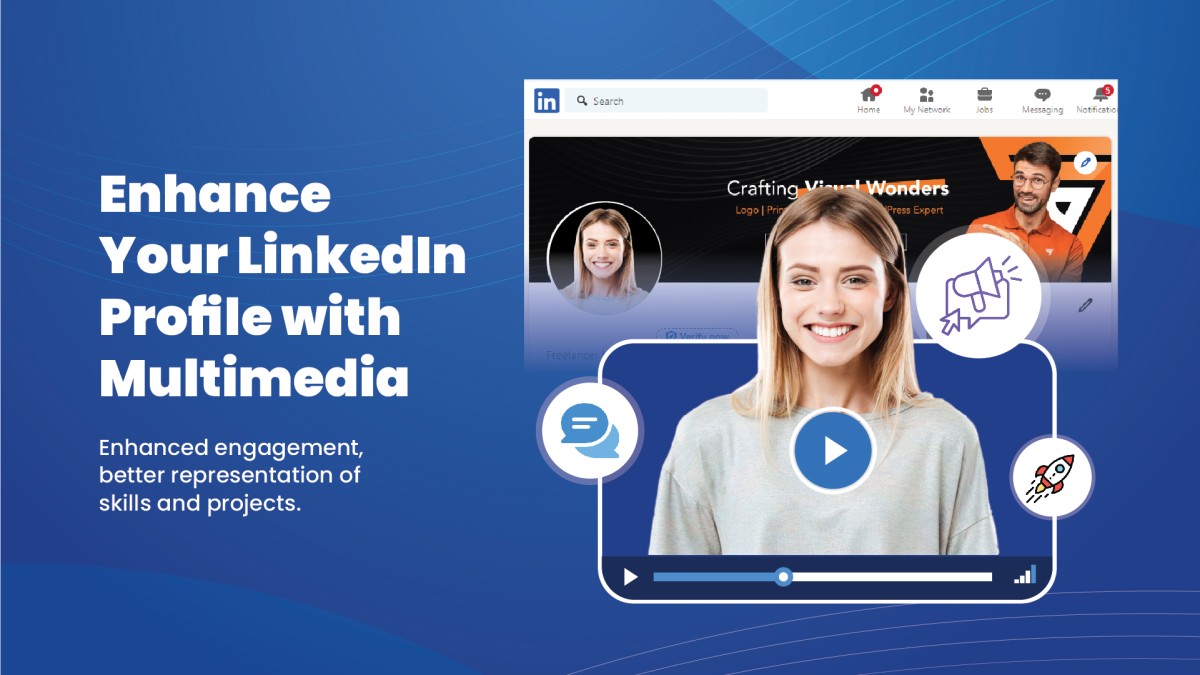
Employers love a LinkedIn profile that doesn’t just have text on it, so make sure that you’re including as much multimedia as you can.
This means adding videos, images, and supporting documents that can help employers to get a sense of who you are and what you’ve done in your career.
If you don’t have any multimedia projects to upload, that’s fine, but it’s a good idea to consider adding some. Even a video briefly introducing yourself and what you do could go a long way towards improving your LinkedIn SEO.
Again, the more complete your LinkedIn profile, the better chance you’ll stand of being visible to employers on search engines and via LinkedIn itself.
Network with other LinkedIn users
It stands to reason that if you’re more visible on LinkedIn, then your SEO will improve, as you’ll have a greater presence on the platform.
To that end, you should make sure to try and network with as many other LinkedIn users as you can. Don’t just adopt a scattershot approach to networking, though; pick people that have real value to you and your career.
Try to network with people who work in a similar field to you. Comment on others’ posts and engage regularly with the LinkedIn community. This will help you to build a network within the platform.
If your profile is just sitting there and you’re not actively taking part in LinkedIn, then your presence on the platform will seem static, and that won’t help your SEO.
Create content
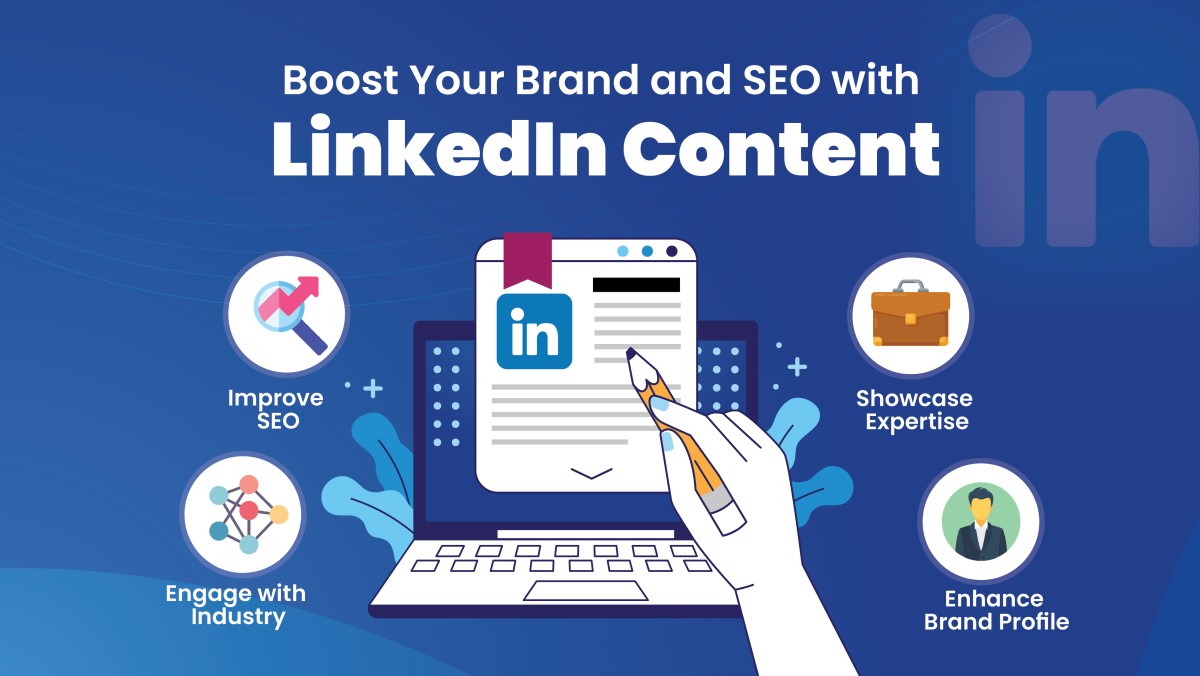
What sets LinkedIn apart from other platforms? Well, on top of being a social network, it’s also a content hub, which means that you can access many valuable tutorials and insights via LinkedIn.
Many analysts recommend creating LinkedIn content as a way to boost your brand profile, but it can also have a positive effect on your SEO.
Think about it; if you’re creating content on LinkedIn, then anybody searching for that content will find it (assuming you’ve optimised well for SEO within the content itself, of course), and then they’ll find your profile through said content.
You should, of course, make sure that the content you’re creating is relevant to your industry and experience. Communicate authority, trustworthiness, and expertise within your content, and you’re sure to boost your LinkedIn SEO.
As the founder of iNet Ventures, James deeply understands the world of SEO, link building, growth, and strategy. After achieving remarkable results for agencies and websites, his approach combines industry knowledge with forward-thinking tactics, which embark on analytical tools and AI.

